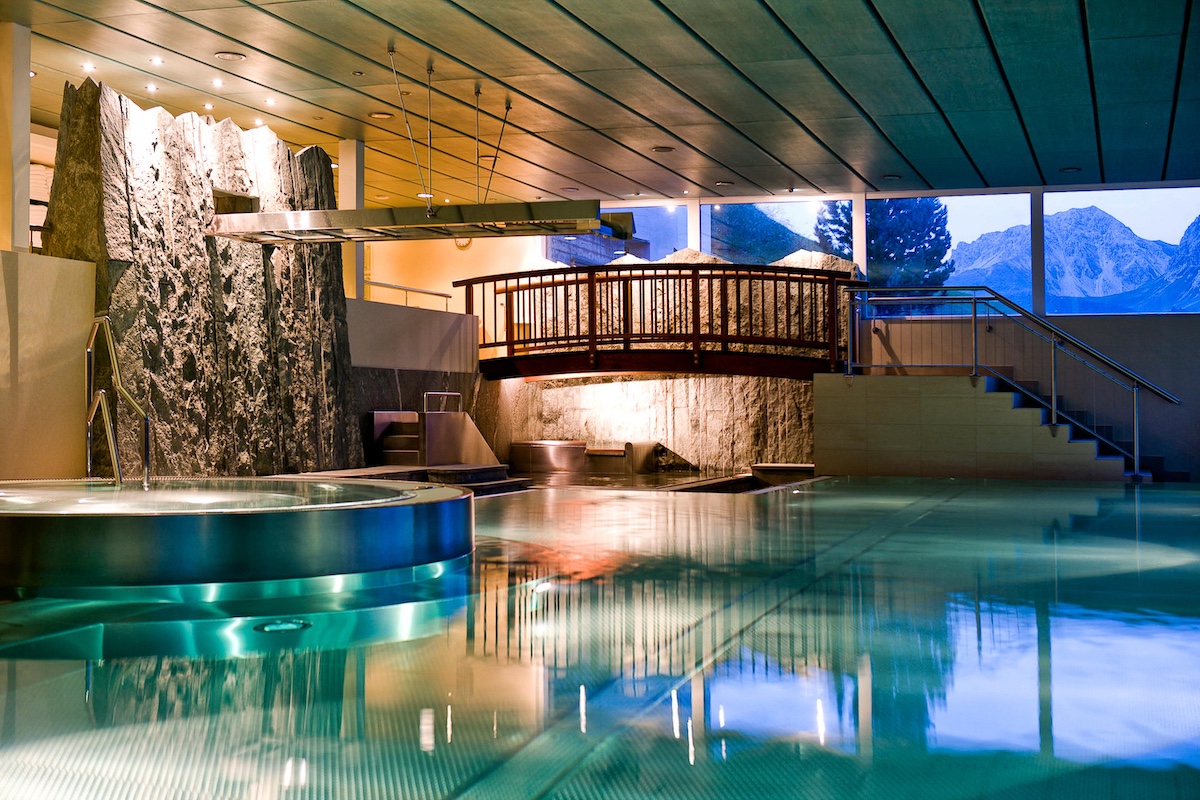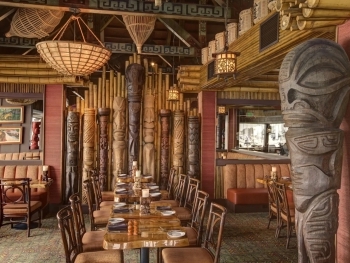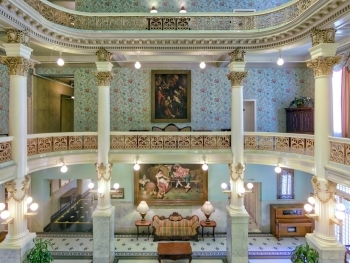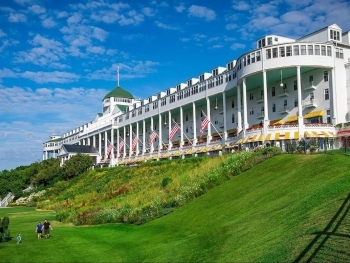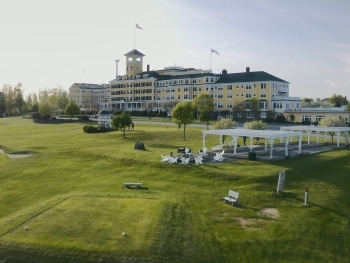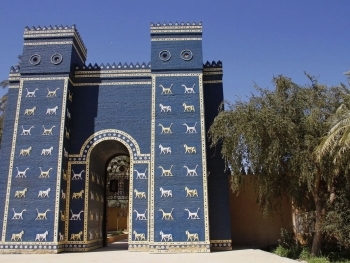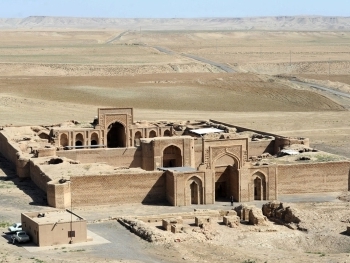Arosa Kulm Hotel & Alpin Spa boasts a rich heritage dating back over a century. Its story begins in 1882 with local confectioner Hans Hold, who, inspired by his travels to France, purchased land next to his farmhouse. Soon after, his son Thomas, brimming with ambition, transformed the property into a grand establishment. By merging two existing houses and constructing a third, he created the "Kurhaus," a 30-room marvel equipped with cutting-edge amenities like electric lights and telephone connections – a rarity for the time period. Guests even enjoyed the convenience of a concierge who met them at the mail coach terminus, ensuring a smooth arrival.
Following Thomas Hold's passing in 1894, the hotel entered a new chapter. A chef named Scherrer acquired the property and christened it "Kulm," marking a turning point in its identity. The year 1900 witnessed the dawn of the hotel's winter season, welcoming guests to experience the magic of Arosa during the colder months.
Over the next few years, Kulm changed hands several times, in 1905, 1907, and 1909. However, a significant development came in 1914, a year marked by two pivotal events. The First World War erupted, forever changing the global landscape. Yet, amidst the turmoil, Arosa received a boost with the official opening of the railroad track connecting Chur and Arosa. This improved accessibility undoubtedly played a role in the area's future growth. Additionally, to accommodate an ambitious expansion, the existing "Bergfried" wing was strategically relocated 100 meters back to create space for a grander structure.
The year 1920 witnessed another significant ownership change. Messrs. Stoffel and Schmidheiny joined forces to acquire both Kulm and Waldhaus hotels. While Waldhaus was eventually sold and renamed Parkhotel in 1927, Kulm remained under the sole proprietorship of Mr. Beat Stoffel. This visionary leader embarked on a period of remarkable development. One of his most noteworthy achievements was the preservation of the land in front of Kulm. By thwarting developers' attempts to build on this prime location, Mr. Stoffel ensured that guests would continue to enjoy the unparalleled convenience of skiing right up to the hotel's doorstep – a legacy that endures to this day.
Undeterred by the looming shadow of the Great Depression in 1929, Kulm unveiled a magnificent new wing designed by the renowned Zurich architect, Professor Dunkel. This expansion solidified Kulm's position as Arosa's largest hotel, boasting 160 beds. Mr. Stoffel's foresight and dedication undeniably shaped the hotel's trajectory.
A devastating fire that engulfed Tschuggen in 1966 served as a catalyst for further transformation. A comprehensive long-term development plan, with a budget of 20 million CHF, was implemented. This resulted in a complete renovation of the hotel, culminating in its grand reopening in November 1975.
The turn of the millennium ushered in another era of innovation. Between 2000 and 2001, the hotel unveiled the state-of-the-art Alpin Spa, a haven of wellness designed to pamper guests seeking rejuvenation. Today, Arosa Kulm Hotel stands tall as a proud member of the prestigious Swiss Deluxe Hotels. With 137 luxurious rooms and 223 comfortable beds, it caters to its guests' every need with a dedicated staff of over 180 individuals.
The story of Arosa Kulm Hotel is inextricably linked to the Stoffel family, owners of a St Gallen textile company. Their enduring commitment and vision have ensured that the hotel remains a family-owned establishment operating as a private limited company, preserving its unique character and fostering a warm, welcoming atmosphere for generations of guests.
